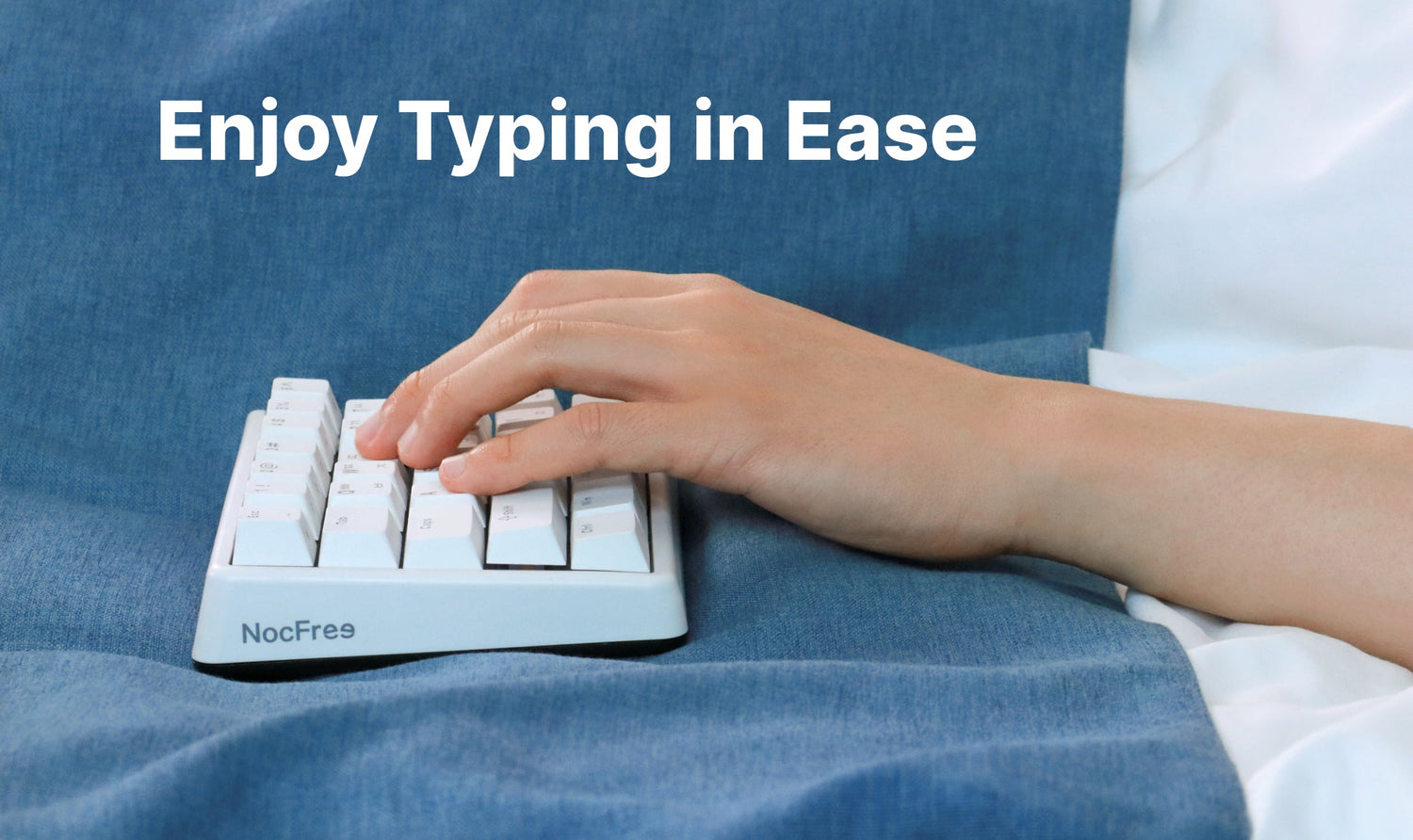If you’ve ever Googled "perfect posture at desk," you’ve probably stumbled upon countless diagrams and tutorials that promise the ultimate solution to your sitting woes. Perfectly straight back, feet flat, shoulders relaxed—it all looks so easy in theory.
But here’s the reality: sitting in that “ideal” position for hours on end? It’s just not feasible. Our bodies aren’t designed for stillness. No matter how great your posture is, holding one position for too long will eventually lead to discomfort and fatigue.
Instead of obsessing over the idea of perfection, it’s time to shift the focus to what really matters: movement. It’s the act of adjusting, shifting, and breaking free from static positions that keeps your body happy and healthy.

Why Static Postures Are a Problem?
In our modern lifestyles, we’ve become professional sitters. Whether it’s sitting at desks for work, in cars during commutes, or on couches scrolling our phones, most of us spend the majority of our day in sedentary positions.
While sitting itself isn’t inherently harmful, staying in the same position for extended periods is where the trouble begins.
Here’s what happens when you don’t move enough:
- Muscle strain: Static postures force your muscles—not your bones—to support your body weight, leading to stiffness, tension, and fatigue.
- Spinal compression: Poor alignment can put pressure on your vertebrae, pinching nearby nerves and causing discomfort or numbness.
- Chronic pain: It’s no coincidence that 80% of adults experience neck and back pain tied to prolonged sitting.
Our bodies were designed for movement, not prolonged stillness. Without regular shifts in posture, even the most ergonomic setups can lead to discomfort over time.

Why “Perfect” Posture Doesn’t Exist?
We’ve all seen the diagrams of "ideal posture"—straight back, flat feet, perfect alignment. They look great on paper, but in reality, holding a single posture for hours isn’t sustainable.
Why? Because maintaining any position, even a good one, requires effort.

Over time, your muscles tire, and you instinctively shift to relieve discomfort. It’s a natural, healthy response. This doesn’t mean you’re failing at good posture; it means your body knows what it needs.
Instead of chasing a mythical “perfect” posture, think of good posture as a dynamic range. It’s about staying within a comfortable, neutral zone and allowing your body the freedom to move and reset with enough support on body parts like back and neck.
Good posture isn’t about locking your body into one position—it’s about finding balance and making movement part of your routine.
Here are two simple principles to guide you:
-
Move often: Frequent position changes are key. Shifting helps relieve tired muscles and keeps your circulation flowing.
- Stay neutral: Aim for a posture where your shoulders are relaxed, your wrists are straight, and your spine is supported naturally—most of the time.
How Split Keyboards Can Help?
Split keyboards are an often-overlooked tool that can encourage healthier posture habits and more movement. Here’s how they work:
- Promote flexibility: Split keyboards allow you to position the halves wherever you want. Need more desk space? Spread them apart. Want to place a water bottle or snack between them? Go for it. These small adjustments naturally encourage hydrate, stretch, or simply step away for a moment—all of which are crucial for reducing static postures.
- Encourage alignment: By allowing a more open typing posture, they reduce strain on your wrists and forearms, helping you maintain a neutral position.
Think of split keyboards as more than a typing tool—they’re a gentle nudge to keep you moving and mindful of your posture.

Forget Perfection—Embrace Movement!
Here’s the bottom line: there’s no such thing as a perfect posture.
The key to staying comfortable and healthy isn’t about sitting perfectly—it’s about embracing movement and making small changes that work for your body.
Incorporate tools like a split keyboard, take regular breaks, and listen to your body when it asks for a change in position. Your body thrives in motion, so let it move. By focusing on dynamic posture and mindful movement, you’ll find yourself feeling better, both at your desk and beyond.




댓글 남기기
이 사이트는 hCaptcha에 의해 보호되며, hCaptcha의 개인 정보 보호 정책 과 서비스 약관 이 적용됩니다.